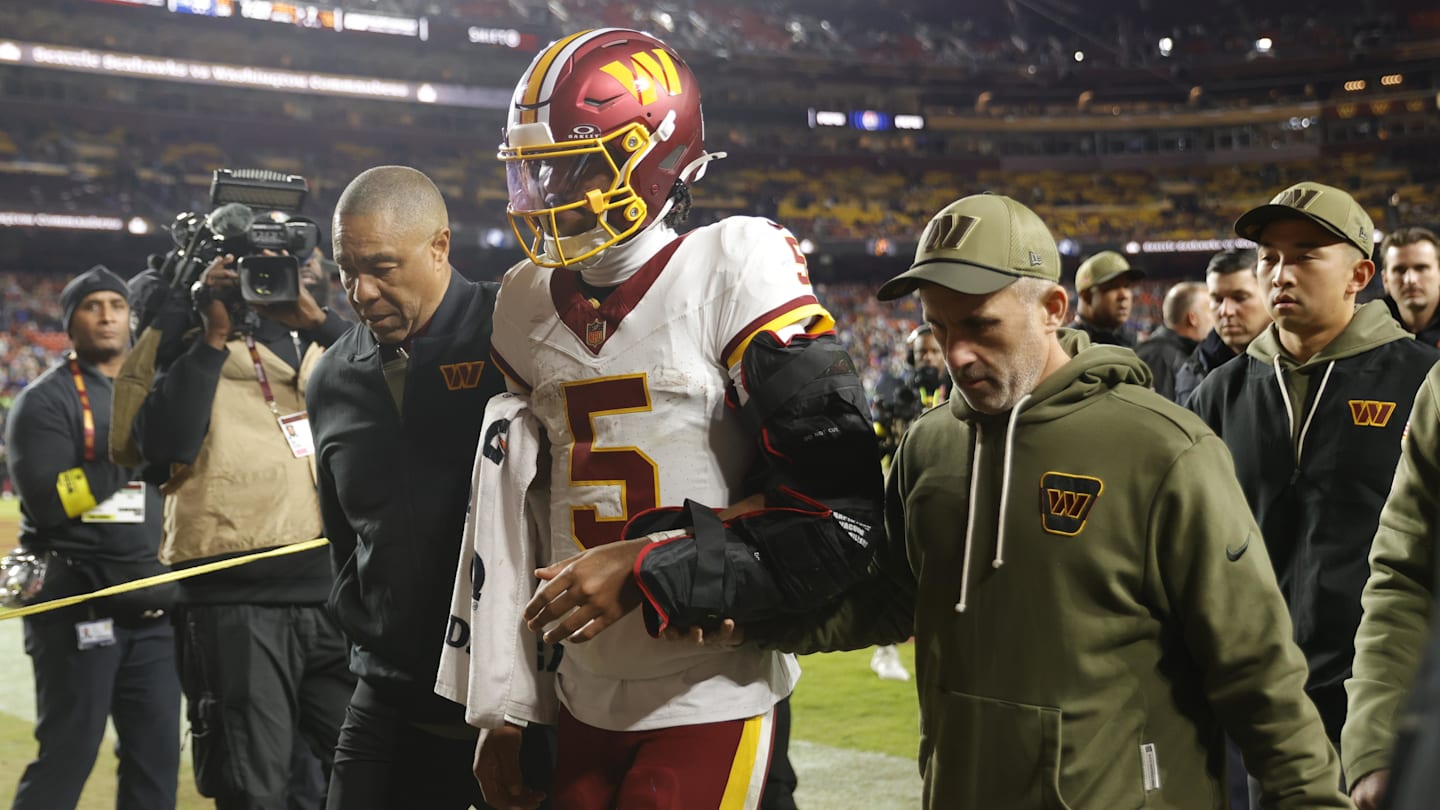On March 29, 2019, Wall Street Journal readers were topping off their morning espressos and adjusting their power ties when they came across an article titled, “The Real Reason Porsche Ignitions Are Left of the Wheel.” The gist is, the narrative that left-of-wheel ignitions facilitated faster starts in pre-1970 Le Mans races is malarkey. Rather, placing the ignition on the left stemmed from a need to save wire in early road-going Porsche 356s because resources were precious in postwar Germany, and Porsche kept it there (most of the time) out of tradition. Well, consider the bombshell dropped.
The specifics of the Le Mans-optimized placement are this: Before 1970, drivers in the 24 Hours of Le Mans would stand on the track, wait for the drop of the flag, sprint to their cars, start them, and take off. By placing the ignition on the left, Porsche allegedly saved drivers valuable seconds as they gripped the shift lever with their right hands and inserted the key with their left.
Two incidents led to the practice being abolished: an accident in 1968 that likely stemmed from driver Willy Mairesse improperly shutting the door on his Ford GT40, and a protestful slow saunter in 1969 from Jacky Ickx, who was barely buckled when other cars had already taken off, yet managed to win the race . By 1970, drivers were already seated at the start, and in 1971, the race used a rolling start.
So if key placement was, well, key to victory, that must mean most pre-1970 Porsche Le Mans cars had keys on the left, right? Well, no. They may be on the left in your average roadgoing fun-to-drive Porsche 356 Super 90 Coupe, but that’s not the case for the vast majority of Le Mans Porsches.
Le Mans Porsche interiors tell the story
Let’s peek at the dashboards on Porsche’s pre-1970 Le Mans cars. If the ignition’s on the same side as the shifter, we’ll call that “same,” and opposite placement, of course, will be “opposite.”
- 356 SL Gmünd Coupe: same
- 550s: same
- 718s: same
- 356 Carrera GTL Abarth: same
- 904s: same
- 906s: same
- 910s: same
- 907s: opposite
- 908s: opposite
- 911s: opposite
- 917s: opposite
Seven out of 11 cars had the ignition on the same side as the gear lever. The 907s, 908s, and 917s are right-hand drive, but the gear lever’s on the right by the door with the ignition on the far side of the wheel. The 911s have always had “opposite” key/shifter layouts. (Infotainment is more recent, though, so if you want Apple CarPlay in your 996 Porsche 911, you’ll have to get creative.)
Porsche claims in its vehicles’ manuals that the ignition is on the left because “In the Fifties, European racing events often used a ‘Le Mans Start,’ where the drivers sprinted across the track to their cars. Porsche gained a small but vital advantage by placing the ignition switch on the left.” Well, every Porsche Le Mans racing car in the ’50s — 356 SL, 550, 718 — had the key on the right, so no advantage there. Listen to the glorious exhaust note on this vintage 550, and notice the key right above the shifter:
Yet somehow, throughout the 1950s, Porsche was incredibly successful. For instance, in 1955, Porsche 550s swept the 1,500 cc class podium at Le Mans. They accomplished this feat with ignitions on the right. The right-keyed 718 also provided podium results at Le Mans, as well as Sebring and the Nürburgring 1000 km, races that also used running starts.
Ignitions to the left of me, ignitions to the right …
The first Porsche manufacturer-backed car at Le Mans with a lefty key was the right-hand-drive/right-hand-shifter 907 in 1967. The 907 won its class, but it’s not as if the 910s and 906s that also competed did poorly. Heck, the 906 won its class, too.
Porsche has even been inconsistent about key placement in its road cars. The 928 was lauded when it went on sale in 1978, and was a front-engined, water-cooled, V8-powered radical departure from the air-cooled, flat-6, rear-engined 911. The 928s also featured an ignition switch on the right side of the steering wheel, the same as the gear lever, as did the four-cylinder 944, which debuted in 1982. Even as early as 1954, Porsche built a road car with a key on the right: the 356 Speedster. Must have slipped Porsche’s mind when it tweeted in 2017 that every consumer model since 1925 has featured left-handed ignitions.
Going back to that Wall Street Journal article, the author, Dan Neil, talked to then-Porsche Museum curator Klaus Bischof in 2008. Bischof told Neil that the left-of-wheel key placement in the 1948 Porsche 356-001, the first road-legal Porsche, was simply to save wire. Porsche operated out of a former sawmill in Gmünd, Austria, and 200 grams of wire was a geniune savings.
If ignition placement never seemed to make a difference for Porsche, why continue the narrative that it was a performance enhancement? Honestly, the “we didn’t have enough wire back in the day” is a cooler rags-to-riches-type story. Unfortunately, Porsche is pulling out of the World Endurance Championship after this season due to financial concerns, which might prevent a Le Mans showing. So the “riches” are an issue again.
Source link




